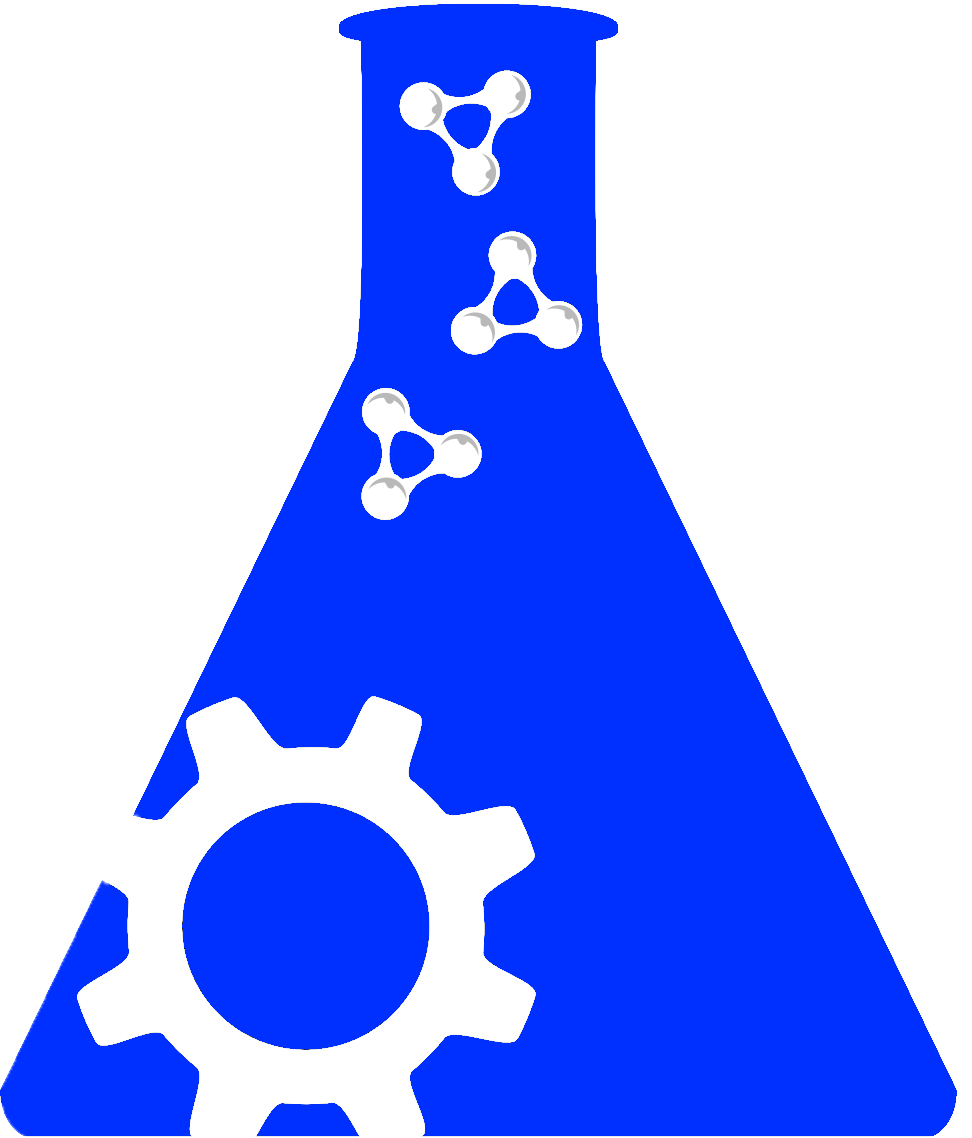Full Data Package |
Data Dictionary |
|||
|---|---|---|---|---|
Create new odc-sci Account and/or log in to download the file. |
||||
Microglia promote maladaptive plasticity within the spinal autonomic circuitry after T3 spinal cord injury in female miceDOI:10.34945/F5160ZDATASET CITATIONBrennan F. H., Swarts E. A., Kigerl K. A., Mifflin K. A., Guan Z., Noble B. T., Wang Y., Witcher K. G., Godbout J. P., Popovich P. G. (2024) Microglia promote maladaptive plasticity within the spinal autonomic circuitry after T3 spinal cord injury in female mice. Open Data Commons for Spinal Cord Injury. ODC-SCI:1090 http://doi.org/10.34945/F5160ZABSTRACTSTUDY PURPOSE: Robust structural remodelling and synaptic plasticity occurs within spinal autonomic circuitry after severe high-level spinal cord injury (SCI). As a result, normally innocuous visceral or somatic stimuli elicit uncontrolled activation of spinal sympathetic reflexes that contribute to systemic disease and organ-specific pathology. How hyper-excitable sympathetic circuitry forms is unknown, but local cues from neighbouring glia likely help mold these maladaptive neuronal networks. Here, we explored the role of microglia in maladaptive structural and functional plasticity after high-level SCI.DATA COLLECTED: The following n = 325 adult mice from Jackson Laboratories were used: C57BL/6J (#000664, n = 253), Csf1reGFP (#18549, n = 20, ‘Macgreen’) (46), Trem2 (#027197, KO and WT littermates, n = 20), VGlut2-ires-cre (#016963, n = 14) (114), Cx3Cr1CreER (#020940) (47), and Rosa26idtr (#007900) (115); Cx3Cr1CreER mice were crossed with Rosa26idtr mice to generate Cx3Cr1CreER x Rosa26idtr mice, which express a tamoxifen-inducible diphtheria-toxin receptor in microglia (28). For experiments, n = 9 Cx3Cr1CreER x Rosa26idtr and n = 9 age-matched mice Cx3Cr1CreER controls were used. Animals were housed under conventional conditions on a 12-hour light-dark cycle with ad libitum access to food and water. Mice were housed in groups of 3-5 except for telemetry experiments, where mice must be individually housed. Experimental SCI mice were female age 10-12 weeks at the time of spinal surgery (T3 transection via spring scissors, or forceps crush, or T3 laminectomy sham control). Pharmacological study groups included SCI control, SCI + microglia depletion (PLX5622 -14 to 7 dpi), SCI + microglia turnover (PLX5622 8-28 dpi), and sham-matched controls. We analyzed markers of microglial activation and structural remodelling of autonomic spinal circuitry (microglia density around spinal interneurons and sympathetic preganglionic neurons, inhibitory puncta engulfment by microglia, excitatory and inhibitory synapses in the intermediolateral column and on individual sympathetic preganglionic neurons, sprouting of CGRP+ afferent fibers, expansion of spinal-splenic and spinal-adrenal circuits retrogradely labelled with a psdudorabies virus, FosB labeling), and functional readouts of systems-wide dysautonomia (circulating corticosterone and adrenocorticotropic hormone, spleen weight, thymus weight, lymphoid organ lymphocytes, ovalubumin-specific IgG, microbial growth in the lungs, spontaneous episodes of autonomic dysreflexia, autonomic dysreflexia induced using colorectal distention, FosB labeling). SCI increases microglia hypertrophy 2.4 fold and microglia density 2.2 fold vs sham, and microglia preferentially contact FosB+ glutamatergic spinal interneurons. High-level SCI reduces PRV+ neuron coverage by inhibitory puncta by 50%, and reduces inhibitory synapses in the IML column. PLX5622 chow depletes >99% of spinal microglia. High-level SCI causes a 1.9-fold increase in excitatory synaptogenesis and sprouting of CGRP+ primary afferent fibers (1.4 to 3.7-fold) in lumbar dorsal horn lamina. High-level SCI increased circulating corticosterone 2.2-fold, reduced thymus weight 27%, reduced spleen weight by 24%, and increased lung microbial burden 2.6-fold. Microglia depletion or global deletion of TREM2 prevented excitatory synaptogenesis and structural plasticity, preserved inhibitory synapses, improved immunity, and reduced the frequency of spontaneous autonomic dysreflexia and the severity of induced autonomic dysreflexia (42% of mean heart rate change of SCI control group). Forcing microglia turnover reinstated the SCI phenotype.CONCLUSIONS: After high-level SCI in mice, microglia surround active glutamatergic interneurons and subsequently coordinate multi-segmental excitatory synaptogenesis and expansion of sympathetic networks that control immune, neuroendocrine and cardiovascular functions. Depleting microglia during critical periods of circuit remodeling after SCI prevents maladaptive synaptic and structural plasticity in autonomic networks, leading to a decrease in the frequency and severity of autonomic dysreflexia, and prevention of SCI-induced immune suppression. Forced turnover of microglia in microglia-depleted mice restores structural and functional indices of pathological dysautonomia, providing further evidence that microglia are key effectors of autonomic plasticity. Additional data show that microglia-dependent autonomic plasticity requires expression of TREM2 and alpha2delta1-dependent synaptogenesis. These data reveal that microglia are primary effectors of autonomic neuroplasticity and dysautonomia after SCI in mice. Manipulating microglia or microglia-dependent signalling pathways could improve indices of SCI-induced dysautonomia. Other neurological conditions in which dysautonomia emerges secondary to protracted neural plasticity may benefit from similar microglia-dependent manipulations.KEYWORDSSpinal Cord Injury; Dysautonomia; microglia; astrocyte; synaptic plasticity; axon sprouting; Autonomic Dysreflexia; Immune suppressionPROVENANCE / ORIGINATING PUBLICATIONSRELEVANT LINKSNOTES |
DATASET INFOContact: Popovich Phillip (Phillip.Popovich@osumc.edu)Lab: Phillip Popovich
|
|




